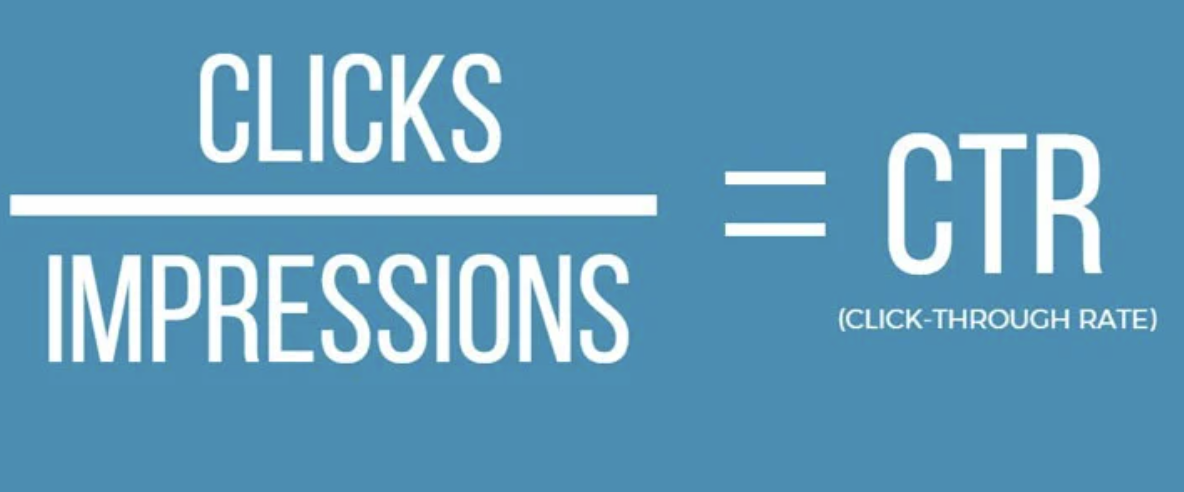Exploring the Partnership Between CTR Adjustment Solutions and User Actions
In the world of electronic advertising and marketing, the impact of click-through rate (CTR) manipulation solutions on customer habits stays a complex and interesting topic. By exploring the elaborate partnership in between CTR manipulation solutions and individual habits, fascinating understandings emerge that might improve our understanding of digital marketing approaches and their results on consumers.
Effect of CTR Control on Behavior
Evaluating the influence of Click-Through Rate (CTR) adjustment on customer habits exposes critical insights right into the dynamics of online engagement. CTR manipulation includes unnaturally inflating the number of clicks on a certain web link or ad to trick individuals and internet search engine. This practice can result in a distorted understanding of a web page's appeal or significance, ultimately impacting individual actions.

Moreover, CTR adjustment can alter the data made use of by algorithms to individualize individual experiences. This can result in individuals being served content that does not line up with their preferences or interests, inevitably bring about a decline in customer complete satisfaction and involvement. Understanding the impact of CTR control on individual habits is vital for keeping transparency and trust fund in online communications.
Customer Involvement With Manipulated CTR
User involvement with adjusted CTR information typically brings about manipulated understandings of on-line content popularity and relevance. When individuals engage with material based upon artificially inflated Click-Through Rates (CTR), they might think that particular info, items, or solutions are extra popular or trustworthy than they actually are. This can cause customers making choices based upon misleading data, causing possibly negative end results.
Involvement metrics like sort, shares, remarks, and time spent on a webpage are usually influenced by CTR adjustment. Customers might be much more inclined to engage with content that shows up to have higher interaction rates, better perpetuating the cycle of manipulated understandings. Therefore, material makers and marketers might prioritize producing material that creates high CTR rather than focusing on creating really important and appropriate material.

Emotional Impacts of CTR Control

Moreover, the psychological impacts of CTR control can likewise manifest in altered decision-making procedures. Individuals might be much more inclined to click material entirely based on its regarded appeal, instead of its actual worth or significance to their needs. This behavior change can result in a superficial involvement with on the internet content, where customers may overlook top quality but much less prominent offerings in favor of those with unnaturally increased CTRs.
Essentially, the emotional implications of CTR adjustment highlight the significance of keeping transparency and credibility in on the internet communications to cultivate authentic user involvement and count on.
Moral Considerations in CTR Adjustment
CTR adjustment elevates worries about deceiving users, distorting data analytics, and compromising the trustworthiness of on-line web content. By unnaturally blowing up CTR, customers might be misinformed right into clicking on links or advertisements they would certainly not have actually selected otherwise, leading to a disingenuous online experience.
Another ethical aspect to contemplate is the fairness of adjusting CTR to obtain an unreasonable advantage over competitors. Taking part in such practices not just breaches concepts of fair game yet additionally undermines the count on that individuals position in on the internet platforms. It is important for businesses and electronic marketers to promote ethical criteria in their techniques to make sure transparency, reliability, and long-term sustainability important source in the on the internet environment.
Effects for Digital Advertising
With the enhancing dependence on digital systems for advertising check out here purposes, the technique of controling click-through rates (CTR) presents significant effects for the efficiency and honesty of electronic advertising and marketing methods. CTR manipulation can bring about manipulated data analytics, misdirecting marketing experts into thinking that their campaigns are executing better than they really are. This can result in misallocation of sources, with firms investing in underperforming approaches based on falsified CTRs. Additionally, when users recognize that CTRs have been controlled, it can erode trust in the brand, bring about long-term unfavorable consequences for client loyalty and brand name track record.
Additionally, the use of CTR manipulation solutions can produce an unjust affordable landscape, where companies that participate in such techniques obtain an artificial advantage over those that stick to moral marketing standards. This can stifle innovation and creativity in electronic advertising and marketing, as success comes to be even more about manipulation tactics than supplying authentic value to consumers. Inevitably, the implications of CTR manipulation for digital advertising and marketing prolong beyond short-term gains, influencing the general sustainability and reputation of advertising and marketing efforts in the digital realm.
Conclusion
In verdict, the connection between CTR adjustment solutions and user actions is complicated and multifaceted. The influence of CTR control on habits, user engagement with manipulated CTR, mental effects, honest factors to consider, and effects for digital marketing all contribute in forming this connection. Comprehending these dynamics is critical for marketers and researchers alike in order to navigate the ethical implications and maximize the effectiveness of their electronic advertising and marketing approaches.